|
| |
Home
 Ondas del Lago
Ondas del Lago
 Contributed Content
Contributed Content
 Edward
Dana Edward
Dana
John G. Dana has embarked upon a most noble task: he's attempting to restore
his father's 1939 lecture-travelog, consisting of 2,500 photographs in 4 film
sizes, letters, notes, diary entries, and 1,800 feet of 35mm movies, as it once
existed in the past.
Judging from the 'Forward' of the travelog as shown below, which John has been
extremely kind to share with us here, and the photos that John has also
generously contributed, it seems to have originally been a fascinating &
historic account of his father's extensive travels in Venezuela. It's a portrait
of Venezuela in 1930, as it existed during those years.
I think John's father would undoubtedly be proud of his son's efforts. After
reading just this portion of his work, and seeing the photographs that
accompanied it, I for one am hoping that I'll have the opportunity of reading
the entire account when John is finished.

The photos below “...show the village of Lagunillas in it's
pre-1928 appearance, when many huts were still thatch-and-reed. In June of 1928
(see newspaper clipping below), a fire started in a Chinese laundry, and since
the lake was covered with oil, the whole place burned.”
Additional comments from Edward Dana with reference to the 1928 fire indicates
that the town had been (afterwards) rebuilt with wood and tin rather than the
reed-and-thatch of before; and also said that fires were fairly frequent due to
oil on the water- a dropped match, careless cigarette, or cooking fire would
sometimes start a blaze.
All photographs by Edward B. Dana, courtesy of John G. Dana.
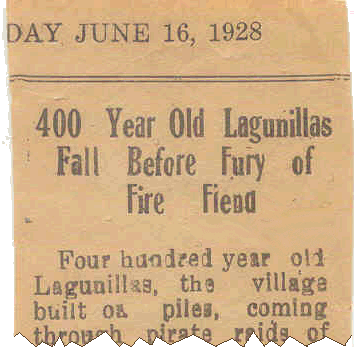
| |
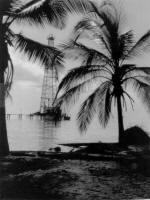
|
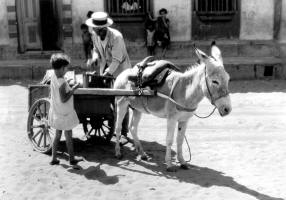
|
|
| |
“An oil rig in the Santa Rosa field.”
|
“ 'The Sherbet Man' in Caracas (my
favorite photo- that poor burro looks like he's bored out of his mind!)” |
|
| |
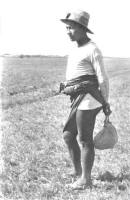
|
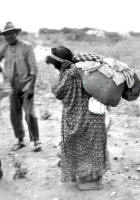
|
|
“A couple of photos of the Goajiro Indians that visited
Maracaibo. My father spent his spare time
photographing the natives doing their daily tasks - spinning thread,
weaving hammocks, cooking, etc.”
Lagunillas, 1929
Additional excerpts about Lagunillas well fires from Edward
Dana - some having to do with fires in 1929 (see photos below), almost exactly 1
year after the big 1928 fire:
| |
• “…There is a big oil fire at Lagunillas that has been
burning since last Saturday. A two thousand barrel well fire
makes a very spectacular scene.
“Tomorrow night I shall probably go down and give the place the
once over. Never have seen an oil fire before.
“Had a very interesting trip to Lagunillas. McDermott and I got
Saturday morning off. Arriving there in the afternoon, we
visited the well which was still burning after being on fire for
one week.
“At the beginning the fire was quite large, and threatening to
destroy the entire village and probably the Gulf camp. Two wells
were burning, all large producers. Fire spread out into the lake
by oil from a broken pipe line resulting in the shore line for
some distance forming a very large fire. The fire was put out
early Sunday morning by placing two steam jets at the mouth of
the well, about seven boilers furnished the steam. After the oil
about the mouth of the well was extinguished only a few seconds
was necessary to finish the job with the steam; it was all very
interesting and I was glad I got to make the trip although I
didn't get to see them put the fire out…”
• “… Lagunillas had another fire. About 40 houses were destroyed
(over two blocks.) The company was going to send me down to take
movies, but called it off so I didn't go The town had been
rebuilt since I was there last fall. Very little remains of the
old thatched huts, all the new structures are of box wood
corrugated roofing and what not. Another part of the town was
destroyed by fire not so very long ago. It is probably one of
the most unique oil town in existence.
“Most interesting. Just like a circus day all the time. A small
carnival company was setting up a merry go round during our
visit. It is all most interesting. The fire at night afforded
opportunity for light pictures. A speed boat was waiting on a
party of us at the dock. At the last minute I learned a well was
'running wild' at Lagunillas, oil going 150 feet in the air.
Another chance for a movie. We made our boat; It took us to
Cabimas.
“There we learned the well was closed in, so there our
expedition ended. I stayed in Cabimas, while the rest of the
party returned to Maracaibo. Sunday morning after calling on a
number of friends and taking a few pictures, it was mail boat
time. Stayed over and came in on a native boat that night…” |
|
|
This is a fascinating account of a visit to Maracaibo by Charles
Lindbergh. John recently came upon this photo, a copy of an envelope sent during
the flight mentioned below. The date of the photograph is October 29, 1929. John
advises that the actual date of the “visit” was October 3, 1929. He also advises
that the current whereabouts of the envelope is unknown as his father gave it to
a friend. If anyone has ever seen it, please let John know!
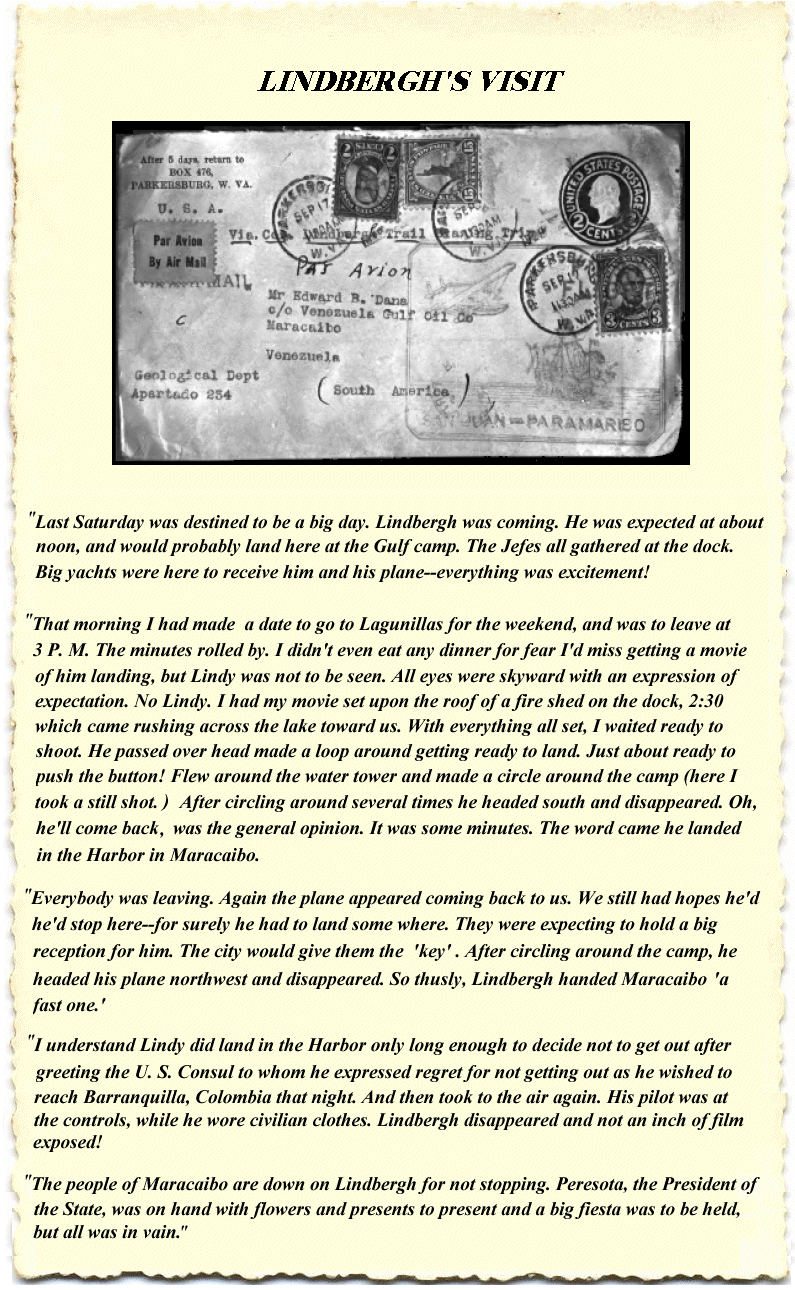
|
